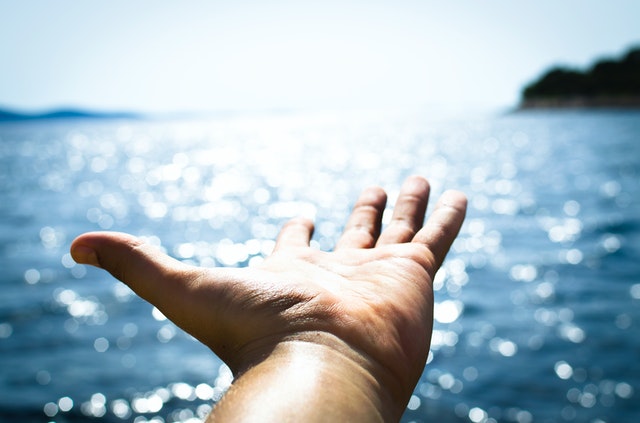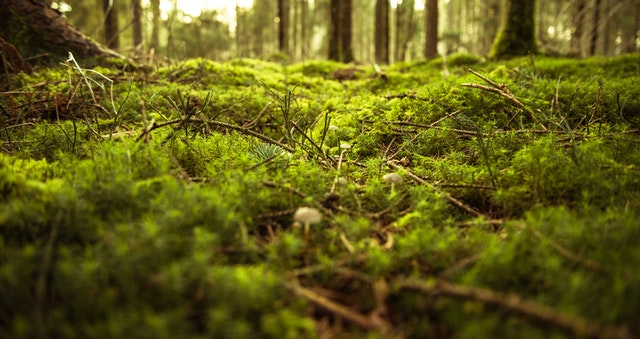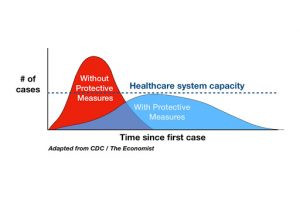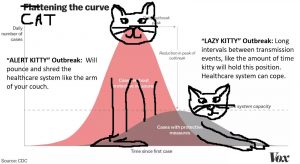Today’s Activities
Engage
How do you know if something is true?
We’ve all heard about ‘fake news’ and seen some of the “facts” people post on social media. And in this time of a global pandemic, conspiracy theories abound. So what’s the best way to find out if something is real or not?
Explore
What are some other ways to sift through all the information on social media?
The link below provides another common-sense approach to spotting fake news.
Fake News: How To Spot Misinformation: Life Kit
These sites do the investigative work for you, and will let you know if something is true or not:
- Snopes.com – The definitive fact-checking site and reference source for urban legends, folklore, myths, rumors, and misinformation.
- FactCheck.org – A Project of The Annenberg Public Policy Center
- PolitiFact
Scan through these sites to discover if anything you may have seen posted online wasn’t entirely true.
Explain
Can you tell fact from fiction?
In the following link, John Green of CrashCourse provides a video with some helpful follow-up questions for you to answer to see if you can detect fake news.
Check Yourself with Lateral Reading
Complete this worksheet based on the video:
Grade 9 – Hoaxes and Fakes – Read Laterally for Accuracy Student Handout
This link provides information specific to the rumors swirling around the Covid19 virus Sifting Through the Pandemic – Information hygiene for the Covid-19 infodemic
Elaborate
How can I apply what I have learned?
Using the skills you’ve learned above, go ahead and see if you can identify a piece of misleading or untrue news on social media. Write a short description of the ‘news’ and what method you used to determine that it was misleading or just plain untrue.
If someone you know posts something that is misleading or untrue, should you respond? If so, what’s the most effective way to communicate with them?
Extend
Make your own meme using credible sources.
This link provides information about which sources are credible in providing information about Covid 19:
Be careful where you get your news about coronavirus – Harvard Health Blog
Using a credible source, find information that you think is important to share.
CREATE YOUR OWN MEME SHARING THIS INFORMATION
Content ideas – Make it visual/ fun & positive (with respect)
- how to avoid touching the face
- explain COVID-19 symptoms
- explain “social distancing”
- share stress-relief tips
- share ways to support/help older people & people at higher risk, due to health conditions
- ideas for things to do if stuck at home
- explain “flattening the curve” like example:
Once you have made your meme go ahead and share it with your classmates.
Write a reflection on what you have learned about spotting misleading and untrue information on social media.
Did you do today’s activities?
Push the button below to let us know you’ve completed the activities below:
Teaching Tips
Accessibility Feature
Turning on transcripts for YouTube Videos [PDF]
Additional lessons are available for this grade level by pressing “More Lessons” above, or selecting a lesson below:

What are your Hopes and Dreams?
Today's ActivitiesThe end of the school year is a great time to think about goals. What do you want to accomplish? What do you want to get better at and feel proud of? Watch this video. Kid President has a dream to share with you! What is Kid President telling us...

Fail Forward
Today's Activities Reflect on this image. Talk to another person and share thoughts with each other. What this video about Why Will Smith Wants You to Fail Before You Succeed. Do you agree or disagree with Will Smith? Explain what experience(s) in your life led you to...

Meet our friends, mold and moss
Today's ActivitiesToday, we’re going to learn to appreciate a pair of organisms that we often just step right over… or immediately pitch into the garbage. One is green, understated, wise: the Yoda of plants. The other is fuzzy and a little funny-smelling. The fungi...


